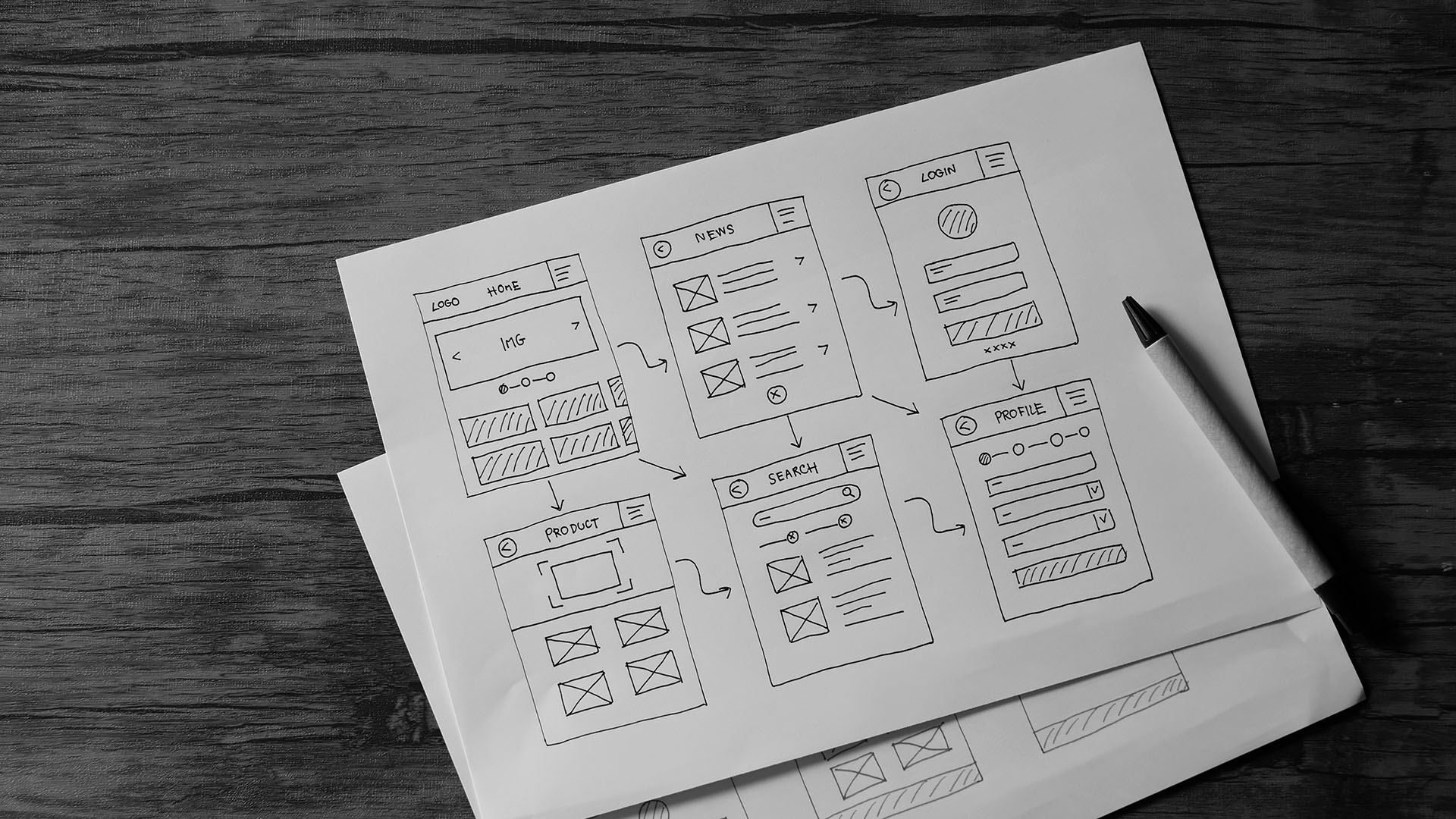Introduction
Web design is one of the most important aspects of running a website. While the actual process can be intimidating and confusing, it doesn’t have to be. In this guide, we’ll break down what web design is and how it works so that you can create and design websites with ease.
What Is Web Design?
Web design is the process of creating websites. It involves everything from the initial conception and planning, to the actual creation of a website.
Web development is a related but separate field, which encompasses web design as well as writing code. A developer may be focused on coding alone or also on designing a site as well.
When you want to create your own website, you’ll need both designers and developers working together on it—but what exactly are they doing?
How to create a website – a step-by-step guide
- Choose a domain name
- Choose a hosting provider
- Choose a CMS (Content Management System)
- Select a theme / Install WordPress
- Create your first post, page and content
Essential Elements of a Good Web Design
- Simplicity:
Simple doesn’t mean simplistic. It means an effective use of space and minimal design elements to enhance the message, not distract from it. Using too many graphics and colors can overwhelm your readers, but a simple design will help them focus on the content instead of getting caught up in the visuals.
- Usability:
Web designs should be easy to use, or “usable,” which means they should follow established usability patterns that make sense to most people (see below). A good web designer will always ask themselves how someone who uses their site regularly would interact with it—and whether those interactions could be improved by simplifying them or adding features that would make them more efficient or enjoyable.
- Navigation: In order to navigate successfully through a website, users must first be able to determine where they are currently located within the site’s hierarchy before they can decide where they want go next—and therefore what kinds of information might be found there. This includes both global navigation elements such as menus at top levels (such as home pages) as well as internal links within individual pages that let visitors easily move around once inside those pages’ bodies.* Visual appeal: We’re not saying this one needs much explaining! Good web designers know how important aesthetics are when creating any kind of visual media; after all, nothing kills off interest faster than bad-looking stuff! So if you’re considering hiring one for your next project but aren’t sure whether he/she knows this yet—you’re probably right…unless you’ve already talked about everything else we just mentioned above (in which case hire
Web design means more than just visual design, but it’s an essential part of creating a good user experience.
As the design profession has matured over the past decade, web designers have begun to realize that creating a good user experience is much more than simply visual design. While visual design is an important part of web development, it’s only one part of a larger process that includes information architecture, interaction design, and content strategy. However, it’s still important to understand both how these things relate to each other as well as how they affect your site visitors.
How to Create Web Design Proposals That Win Projects
A web design proposal is a document that proposes the scope of services, timeline, budget and deliverables for a web project. It’s important to write an effective web design proposal because it provides your client with an overview of everything you need to do in order to complete the project successfully. The key thing to remember when writing a web design proposal is that it’s not just about you—it’s also about what your client needs from you.
Here are some tips on how to get started:
- Create a vision statement at the beginning of your document that clearly states what you’re trying to accomplish together with your client through this project. This statement should be concise (no more than three sentences) and highlight why this particular collaboration will be successful for both parties involved.
- Make sure the entire document contains no spelling errors or grammatical mistakes; otherwise, it can make you look unprofessional or even uneducated!
Learn about the many aspects of designing for the web.
As a web designer, you’ll be responsible for many different aspects of the website’s design and user experience. Your role is to make sure that the site is clear, easy to use, and appealing. You might think of web design as just visual design but it’s actually much more than that; you’ll also need to consider how people interact with each other on the site (e.g., comments), how they find what they’re looking for when they visit your page, whether or not there are any technical issues with loading images or videos—the list goes on!
The way we create websites has changed dramatically in recent years as responsive design has become more common. Responsive sites automatically resize themselves depending on what device (computer/tablet/mobile phone) someone is using. This means that users can access all parts of a site no matter where they are: at home on their desktop computer or in front of a bus stop waiting for the next one.”
Conclusion
There are many aspects to web design and it can feel overwhelming at first. But don’t let that stop you! Web design is an incredibly exciting field with a lot of opportunity for creativity. And as technology advances and changes, there will always be room for creativity in this industry. It’s important to take time to learn about all the different elements of web design before jumping into the fray—that way you can make sure your skillset is big enough for whatever job comes along next!

